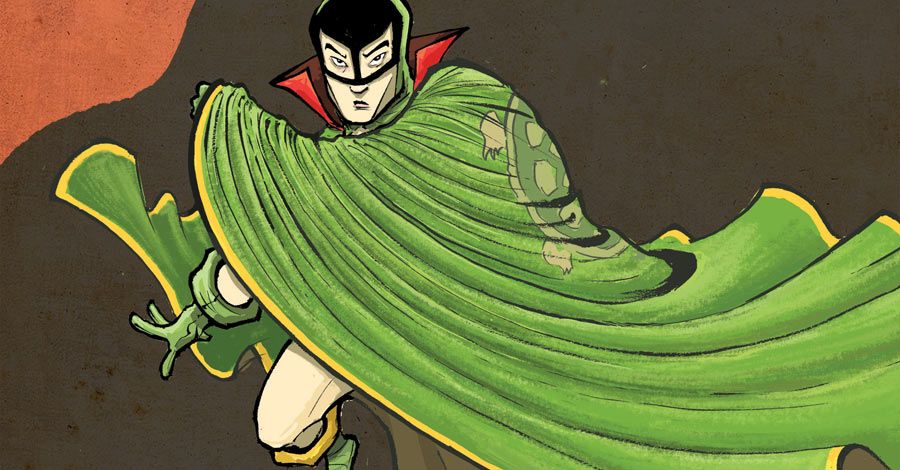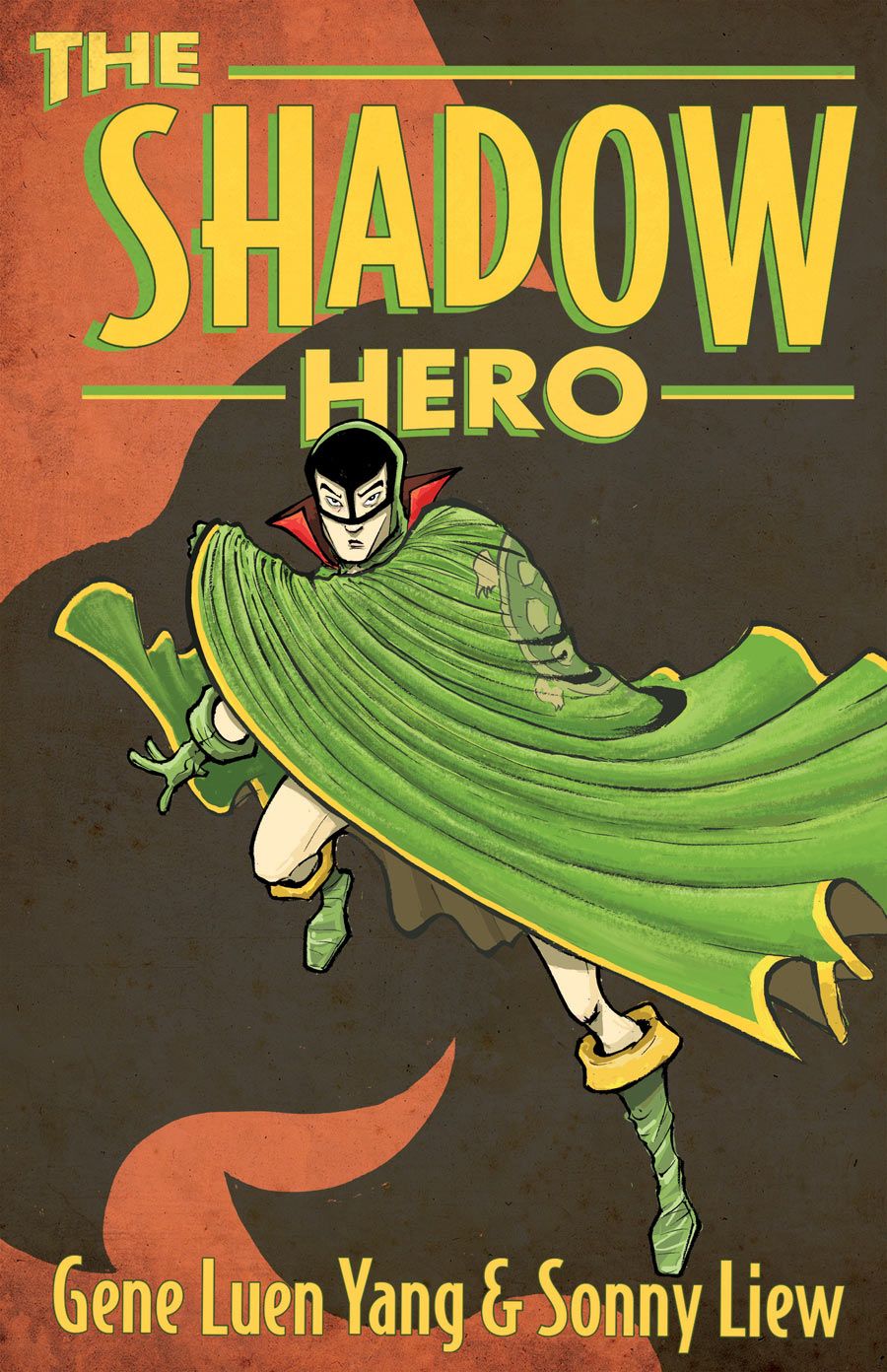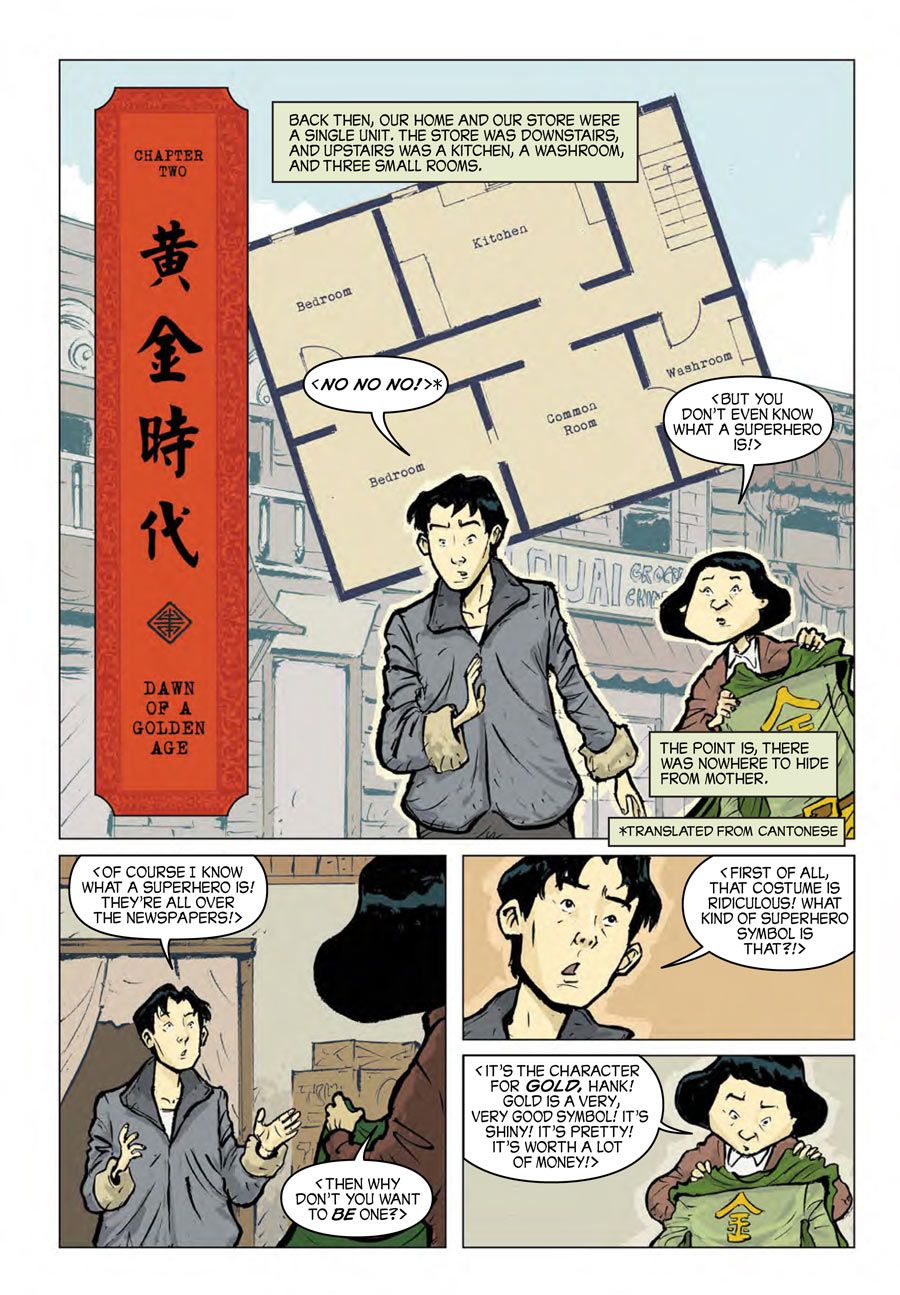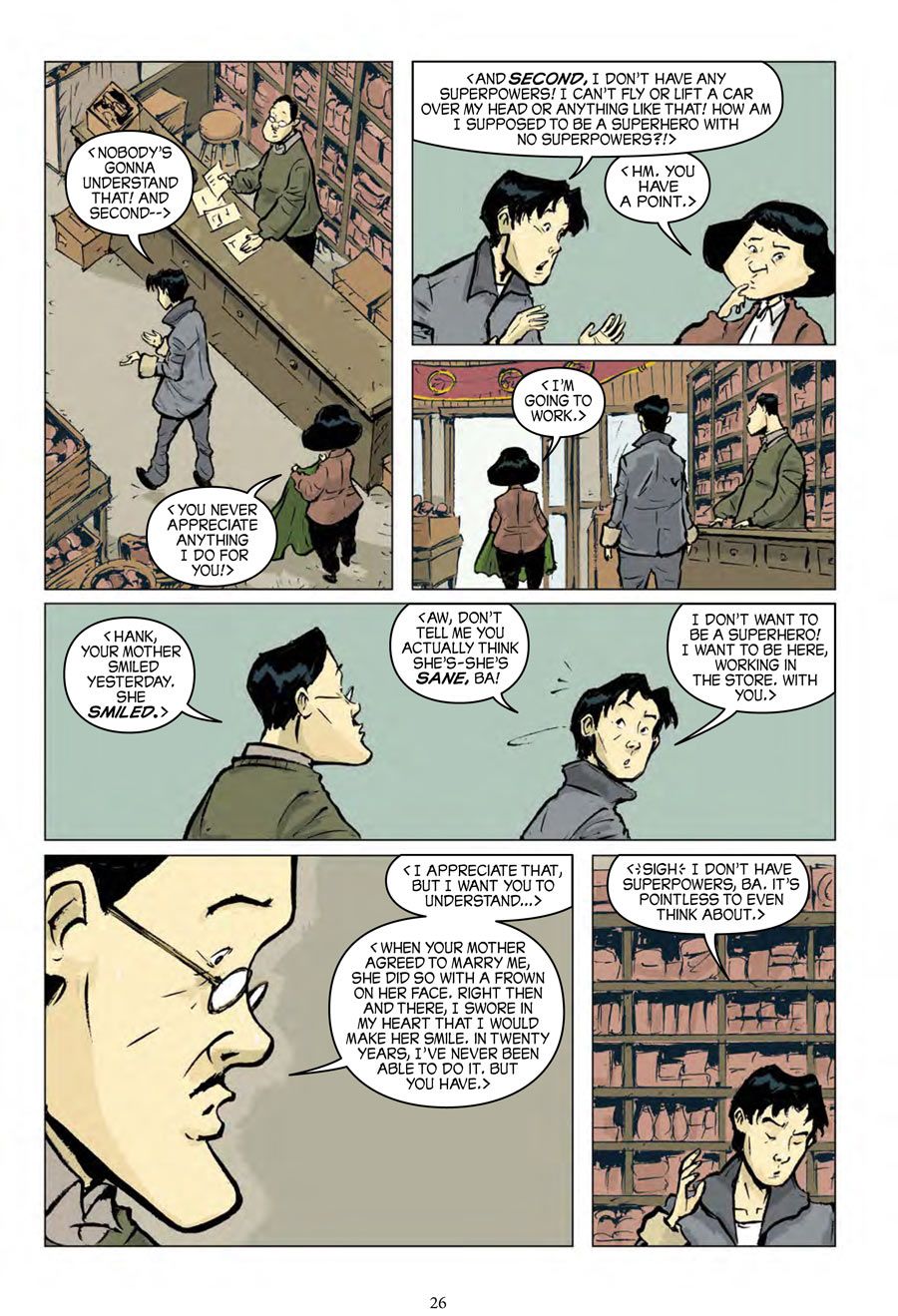It's the Golden Age of Comics. Pure, wholesome American superheroes -- they are the deal to strive towards; a form of escapism that overtly intends to divert America's attention away from the wars that span across the globe. Superman, Captain Marvel, Wonder Woman. These comic book creations kept Americans focused -- supportive -- of superheroes grown in their own backyard. So, unsurprisingly, publishers would deem it problematic to create and foster superheroes of mixed ancestry.
Such was the case with "The Green Turtle," which debuted in 1944 from Blazing Comics. Created by cartoonist Chu Hing, the Green Turtle was arguably the first American-Chinese superhero. Although he didn't necessarily have any special powers to speak of, he wore a cape and mask, had a pulp-detective feel to him, and boasted gadgets like the turtle plane. Sadly, "The Green Turtle" saw little success, probably in large part due to an unsupportive publisher believing a superhero of Asian descent wouldn't sell. Thus, the property fell into obscurity.
And into the hands of the public domain. Enter creators Gene Luen Yang and Sonny Liew. Fascinated by the property, and the notion of The Green Turtle possibly being the first Asian-American superhero, Yang and Liew decided to revitalize and refurbish the superhero for a modern-day audience. Yang spoke with CBR about guiding The Green Turtle out of the fogs of obscurity in the "The Shadow Hero" -- the way his original creator intended.
CBR News: What compelled you to write "The Shadow Hero?"
Gene Luen Yang: Years ago on a Golden Age comics blog, I read about a 1940's superhero called The Green Turtle. I was immediately fascinated, not just by the character himself, but by the rumored circumstances of his creation. The Green Turtle was created by a Chinese American cartoonist named Chu Hing. Supposedly, Chu Hing wanted his hero to be ethnically Chinese. His publisher wouldn't let him, so he reacted in a very passive aggressive way -- in the original comics, he almost always hides The Green Turtle's face. Usually, the character has his back to the reader. When he does turn around, something is obscuring his face: another character, a shadow, his own arm. Supposedly, Chu Hing did this so that he could imagine The Green Turtle as he originally intended, as a Chinese American.
The Green Turtle wasn't very popular. His adventures lasted only five issues, and Chu Hing never got around to telling his secret identity or secret origin. Like so many forgotten Golden Age heroes, he's now in public domain. I saw an opportunity there for me and my friend Sonny Liew. Together, we've created an origin story for this obscure American superhero.
Pulp-ish, great design, charmingly weird -- The Green Turtle is such a good character. Any idea why he didn't stick with audiences when first introduced in the 40s?
To be honest, I don't know if he's that great of a character! [Laughs] He's definitely charmingly weird. There is a lot to love about Chu Hing's original comics. I love the way he designed his splash pages, I love the setting he chose. I love the bravado of a masked, caped hero running around shirtless. Who knows why he didn't stick with audiences? There are plenty of characters who have great designs, who even enjoyed a period of intense popularity, but eventually fell into obscurity.
CBR TV: Gene Luen Yang on "Avatar: The Rift" & His First Superhero
What does it mean to you to write the first Asian-American superhero.
Superheroes are thoroughly American. They were invented in America, and they became popular as America was growing into its current role as a world superpower. Even now, they're still best loved in America.
Many Asian Americans struggle against a perception of foreignness. We're often seen as "other" regardless of how long our families have been in this country.
When I found out that there was an (arguably) Asian American character in the earliest days of superheroes, and that he was created by an Asian American cartoonist -- there's just something very affirming about that. At the very beginning of this quintessentially American genre, we were there. That was a major impetus for "The Shadow Hero."
Speaking of writing, what's it like writing and drawing versus writing only? How do you handle that shift in responsibility?
I enjoy both processes. When I'm writing and drawing my own stuff, I'm in full control. Every word and every line is from me. I tell the story I want to tell, the exact way I want to tell it. But even then, there are elements of collaboration. My good friend Lark Pien was gracious enough to color both "American Born Chinese" and "Boxers & Saints." My editors [Mark Siegel and Calista Brill] give me great notes. The First Second designers [Danica Novgorodoff and Colleen AF Venable] put together beautiful packages.
When I partner with someone like Sonny, I can tell stories that I wouldn't be able to tell on my own. Simply put, there's no way I could've done "The Shadow Hero" by myself. I can't draw like Sonny. Sonny can handle it all: comedy, action, drama. And he can weave them all together into a cohesive whole. He has a sophisticated sense of design and a strong sense of story. He's perfect for both the character and the story.
How did you two come to work together, and what about his work has surprised you the most?
Sonny is a cartoonist based in Singapore. He honed his craft at the Road Island School of Design. We first collaborated on a short story for an anthology called "Secret Identities," a collection of Asian American superhero stories by Asian American creators. The book did well, and there was a sequel called "Shattered." Sonny and I did a Green Turtle story for that one.
Sonny's been around the American comics industry for a while. He's done work for Marvel ["Sense & Sensibility"], DC ["My Faith in Frankie"], and Disney ["Wonderland"]. He's currently editing an anthology of South East Asian comics called "Liquid City." My favorite of all his books is "Malinky Robot," a graphic novel he both wrote and drew. The main characters are two street urchins named Oliver and Atari. Despite the fact that they live in a futuristic dystopian city, their adventures have a light, wistful quality to them. Sonny meditates on deep subjects -- friendship, hope, identity, responsibility -- but he does so with humor and sensitivity. The American edition is published by Image. I highly recommend it.
CBR SUNDAY CONVERSATION: Gene Luen Yang
What's your ideal writing environment like?
I write in a couple of different places: my studio at home, the local library, Panera Bread. I like them all, especially Panera Bread. It always smells good in there. Usually, if I get writer's block, a change of venue helps.
What's your favorite aspect of The Green Turtle?
I think it's both admirable and hilarious that he has turtles everywhere. Chu Hing really milked the turtle theme. Sonny didn't go quite so turtle-crazy, but The Green Turtle's original costume has turtles on the cape, the mask, the collar, the gloves, the boots, and the tassels. Turtles, turtles everywhere.
Will we see any more volumes of "The Shadow Hero"?
I don't know. It depends on Sonny's schedule, what First Second Books thinks, how this first book does. I would love to continue Hank Chu's adventures, though. The 1930s and 1940s are so interesting, so vital to what the world has become today. Historical shifts occurred on both sides of the Pacific, and The Green Turtle would be a great way to explore all that.




